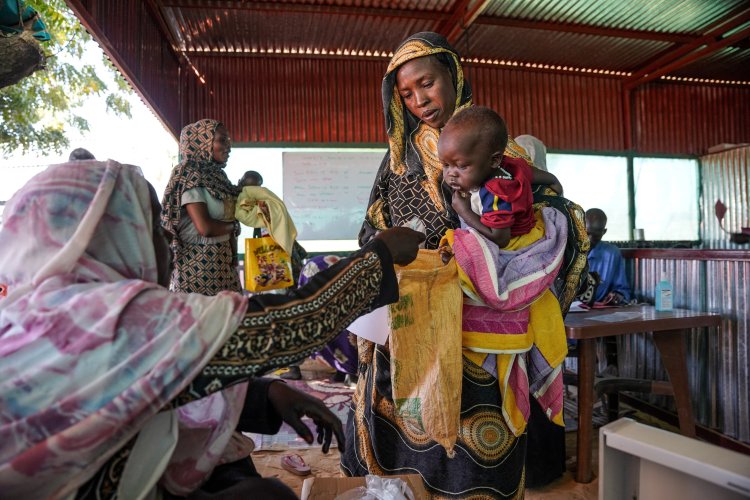Famine Risk Grows in War-Torn Sudan

There is a realistic chance of famine in 14 areas across Sudan if the war that began in April last year escalates, a global monitor said, in a sharply worsening hunger crisis that the World Food Programme called the world's largest.
The areas listed by the Integrated Food Security Phase Classification (IPC) as at risk of famine are those that have seen the heaviest fighting: the capital Khartoum, the regions of Darfur and Kordofan, and El Gezira state.
It said the findings marked a "stark and rapid deterioration of the food-security situation" in Sudan since December, and the worst levels of hunger observed in the country since the IPC was formed 20 years ago.
According to the assessment, the number of people experiencing a hunger crisis rose by 45% to 25.6 million, or more than half the population, in the lean season lasting to September, when less harvested food is available.
Some 8.5 million people - nearly a fifth of the population - face food shortages that could result in acute malnutrition and death or require emergency coping strategies. As previously reported, some 756,000 people are projected to be in "catastrophe", the most severe level of extreme hunger, up from zero in December.
"This disaster is man-made and was preventable," Mohammed Qazilbash, Sudan country director for humanitarian group Plan International, said in a statement.
War between Sudan's army and the Rapid Support Forces (RSF) erupted more than 14 months ago in the capital, and quickly spread to other parts of the country.
It has triggered ethnically-driven violence in the western region of Darfur, caused the world's biggest internal displacement crisis and split control of the country between the rival camps.
A hunger crisis, which the WFP said on Thursday was the worst in the world, has already pushed some Sudanese to eat leaves and soil.















